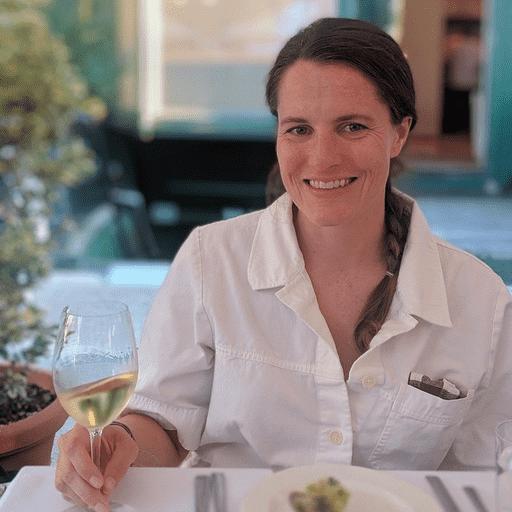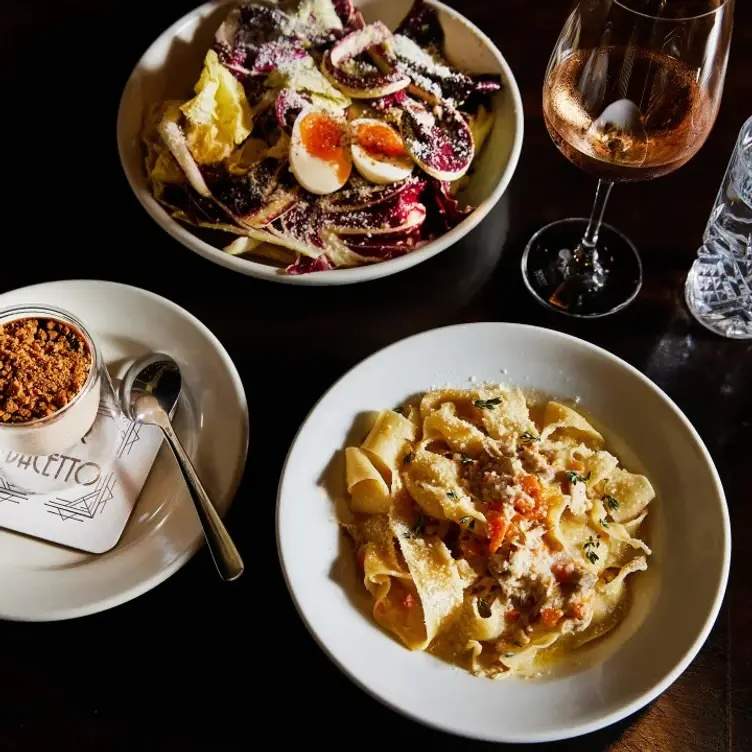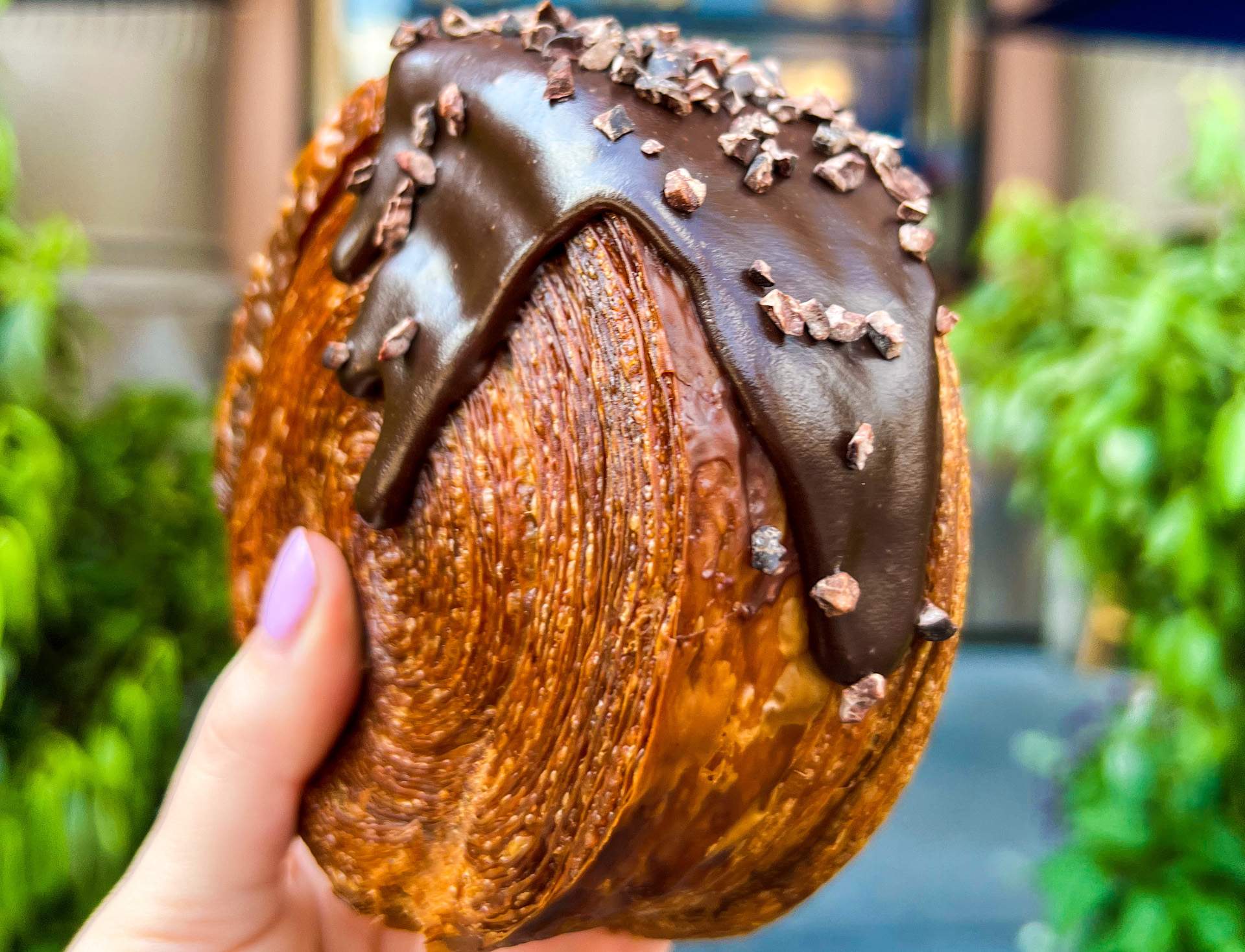In the same way that some of you probably spent September poring over quarterback stats and building fantasy football teams, OpenTable has spent the past few weeks poring over a different set of lineups: the annual set of best-of restaurant lists from Bon Appétit, The New York Times, and Food & Wine.
“Best” is a slippery term in most contexts and particularly when trying to evaluate businesses whose product is an amalgamation of flavor, the most subjective of tastes. But the effect of lists and awards on restaurants is undeniable, as is the hard work of the teams who help shape them.
So instead of arguing about best, think about what these lists do in the collective: They highlight what’s exciting about American restaurant culture right now. Here are three trends to takeaway from this year’s crop of outstanding restaurants.

Smaller operations get their due
For many years, “best restaurant” lists tended to favor high-profile (read: well-funded) restaurants from big-name chefs. While there are certainly some heavy hitters among this year’s selections, like LA’s MICHELIN-starred Providence, there’s a distinct lack of larger restaurants that can afford external PR. Instead these lists are giving homegrown operations their due, like these great spots:
Thattu (Chicago, IL): This small, brick-walled space in Avondale caught the attention of New York Times writers for its focus on Keralan flavors from South India. Owners Margaret Pak and Vinod Kalathil mix the traditional and the original. On any given night, diners will find fish steamed in banana leaves on the menu alongside fried chicken bites with a yogurt dipping sauce.
Quarter Sheets (Los Angeles, CA): This Echo Park pizza spot doesn’t even have a website, perhaps nodding to its roots as a pandemic pop-up. But that didn’t stop chef Hannah Ziskin from nabbing a spot on this year’s Food & Wine Best New Chefs list for her cultish “slab cakes,” where she layers unexpected flavors like polenta olive oil chiffon topped with rose-geranium jam.
Brochu’s Family Tradition (Savannah, GA): When Andrew and Sophie Brochu decamped back to Sophie’s hometown to open a restaurant, they relied on friends and family to get things up and running. The result is a homegrown operation that sneaks serious technique into every dish, like the “chicken dinner” that won over Bon Appétit writers, in which a whole bird comes three ways: fried thighs, charred breasts, and chicken salad.
Keeping it casual
Real question: when was the last time you put on hard pants? Food writers seem to be in the same headspace, favoring more casual spots over fine dining. From counter-service cafés to a farm-based pizza spot, here’s what we mean:

Menya Rui (St. Louis, MO): Food & Wine Best New Chef Steven Pursley has come a long way from doing ramen pop-ups out of his apartment, but his St. Louis restaurant maintains the same indie ethos. There are no reservations and only 24 seats to try dishes like a brothless mazemen topped with scallop oil and pork shoulder.
Tinder Hearth (Brooksville, ME): This New York Times pick only serves a handful of pizzas a night, along with one single salad. The simplicity of the operation, from Lydia Moffet and Tim Semler,
is what makes it special—tables are scattered in a field next to a farmhouse, which you can wander with a glass of wine ordered from an al fresco bar as you take in a Maine sunset.
Rubato (Quincy, MA): After taking over the bakery that his parents ran for 22 years, chef Laurence Louie decided to keep the casual, counter-service setup while overhauling the menu to serve bao buns and congees found in Hong Kong cafés—winning over Bon Appétit writers in the process.
Smaller cities get the spotlight
Between pandemic-induced moves and the increasingly high costs of operating in big cities, smaller locales are benefitting from an influx of highly trained chefs who are raising the culinary game nationwide. Here are a few examples:
Bar Bacetto (Waistburg, WA): Mike Easton had already gained pasta fame in Seattle before the pandemic forced his restaurant to close and a series of life events brought him four hours away to Waitsburg (Population? 1,200.). Considering he makes the same ethereal noodles that he did in the city without the lines down the block, The New York Times feels it’s worth a road trip.
Sedalia’s Oyster Bar (Oklahoma City, OK): Since it’s hundreds of miles from the nearest coast, OKC wouldn’t be most people’s first assumption for exciting new seafood spots—Bon Appétit thinks differently. Owners Zack Walters and Silvana Arandia Walters decamped from Los Angeles, bringing a wealth of experience with them that they use to blend influences and create dishes like Maine uni with corn cakes and jalapeño chow chow.
In Bocca Al Lupo (Juneau, AK): Chef Beau Schooler attended culinary school in Italy before returning to his home state to apply his knowledge. At the restaurant, he serves the expected pizza and pasta along with what The New York Times dubbed “deeply Alaskan specials,” like a recent dish of deep fried King salmon wings.
— Marion Brewer is a senior content strategist at OpenTable, who brings her hot takes on dining to our blog each month.




